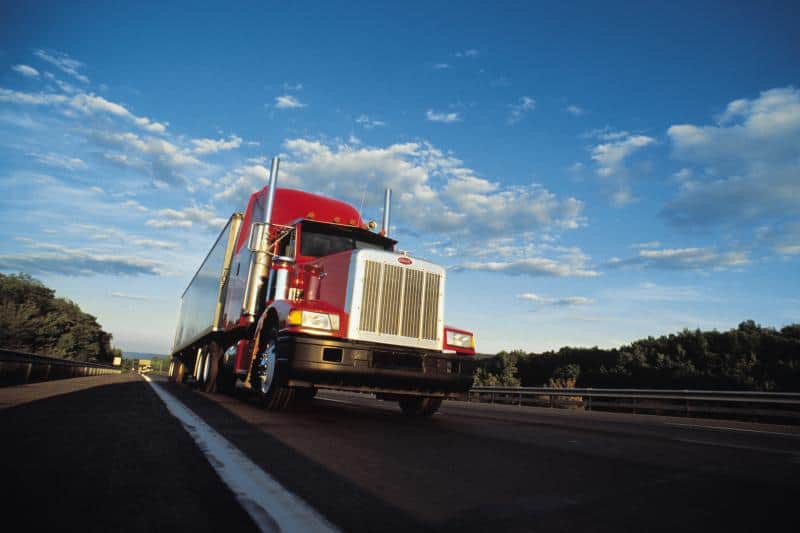Congress Should Authorize Longer Trailers When Reforming National Highway Policy

 In 1982, when Congress designated the National Network—the approximately 200,000 miles of truck corridors that crisscross the U.S.—it also set a 28.5-foot minimum limit on tandem trailer length. Some states have opted to allow trucks that pull two longer, 33-foot trailers (“twin-33s”), but most have not. In the interest of promoting interstate commerce as the Constitution directs the federal government to do, these limits should be standardized nationwide. As Congress debates how to modernize surface transportation policy for the 21st century, it should legalize twin 33-foot trailers on the National Network. We hope this will be discussed at tomorrow’s House Transportation and Infrastructure Committee hearing, “Under Pressure: The State of Trucking in America.”
In 1982, when Congress designated the National Network—the approximately 200,000 miles of truck corridors that crisscross the U.S.—it also set a 28.5-foot minimum limit on tandem trailer length. Some states have opted to allow trucks that pull two longer, 33-foot trailers (“twin-33s”), but most have not. In the interest of promoting interstate commerce as the Constitution directs the federal government to do, these limits should be standardized nationwide. As Congress debates how to modernize surface transportation policy for the 21st century, it should legalize twin 33-foot trailers on the National Network. We hope this will be discussed at tomorrow’s House Transportation and Infrastructure Committee hearing, “Under Pressure: The State of Trucking in America.”
Twin-33s aim to solve a practical problem, known in the industry as “cubing out before weighing out.” In essence, due to the geometry of 28-foot trailers and the less-than-truckload cargo they carry, the volume capacity of the trailers is reached well before they reach the gross vehicle weight limit. Twin-33s provide five extra feet per trailer to reduce this performance gap.
Critics of twin-33s have cited alleged safety problems, although the research is mixed and they ignore the fact that allowing twin-33s would reduce the number of heavy trucks needed to move the same volume of freight—thereby taking trucks off the road and reducing the probability of dangerous truck-car interactions. Legalizing twin-33s would also save fuel, reduce emissions, and lessen traffic congestion.
Some also cite modest bridge upgrades as a reason to oppose legalizing twin-33s throughout the National Network. While it is true that a proliferation of twin-33s across the country would probably entail some infrastructure modernization (much of which is expected to take place regardless of twin-33 policy), what this really suggests is that the National Network should be modernized to support efficient 21st century truck traffic. To do so, the National Network should be rationalized by concentrating investment on the highest-traffic road segments and introducing innovations such as truck-only lanes. It should be priced so that the heavy trucks that cause most roadway damage pay their fair share and reap the benefits of better highways.
Yesterday, the Competitive Enterprise Institute released my report, “Transforming Surface Transportation Reauthorization,” that discusses how to bring America’s most important public-purpose infrastructure network into the 21st century. Twin-33s are just one component of the more efficient and safer highway travel we could enjoy through reform. Increasing the minimum tandem trailer length authorization on the National Network should be part of any transformative surface transportation reauthorization.